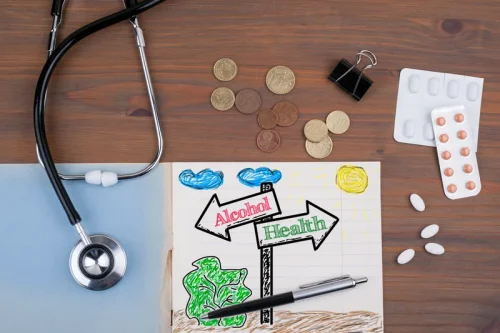In contrast, the god Dionysius was known for his drunken revelry, sexual abandonment, and physical aggression. When alcohol dependence develops in this type of personality, it can be identified by the subtype characteristics of pathological drinking and drunken comportment. Thus, Dionysian subtypes of alcoholics are characterized by early onset, more severe symptomatology, greater psychological vulnerability, and more personality disturbance. Those within this group most likely would have fit into the Young Antisocial type earlier in their lives.
Benefits of Acceptance and Commitment Therapy (ACT) For Your Mental Health

The young adult subtype is less likely to be employed or married but is more likely to be in college in comparison to other subtypes. Although this category consumes less frequently than others, they are more prone to engage in binge drinking. Individuals in this category are 2.5 times more likely to be male than female. They are less likely to pursue treatment, although there is a high possibility of them seeking out a 12-step program if they decide to do so. While many people may use the term “alcoholic” to describe someone who has an alcohol addiction, the term is offensive and outdated.
Residential treatment programs

Then they looked at all participants, and again found that more than 20 percent displayed evidence of fatty liver. One in 40 people were found to have already developed fibrosis or liver scarring. Participants who had fatty liver and reported harmful alcohol use had the greatest risk of 5 types of alcoholics liver scarring. Fatty liver disease is a condition in which fat builds up in your liver. It is either related to alcohol consumption or obesity and its attendant ills, such as high cholesterol. If your SLD is weight-related, follow a balanced diet to lose weight slowly but steadily.
- “Subtypes of Alcohol Dependence in a Nati[…]presentative Sample.” Drug and Alcohol Dependence, 2007.
- Young adults tend to drink less often than older alcoholics, but they binge drink more.
- While two-thirds have sought alcohol rehab for their addiction, it’s important that any treatment program address their co-occurring disorders and include therapies focused on preventing alcohol relapse.
- As shown in table 2, similar alcoholic subtypes can be categorized within two broad groups, called the Apollonian and Dionysian types, based on recurrent characteristics of the drinkers.
- Half of those who fall into this subtype have antisocial personality disorder.
- If you or a loved one is struggling with alcohol use disorder, you should seek help right away.
The Binge Drinker
You may think all cases of alcohol addiction look the same, but this isn’t always the case. Alcohol addiction can range in severity, with some people who struggle with addiction continuing to function well at work and in family life. Others may experience severe health problems and other consequences of alcohol misuse. Given the different presentations of alcohol addiction, researchers have classified alcohol addiction types.
The likelihood of additional mental disorders is less than the young antisocial type, but around one quarter of this group reports having dealt with depressive disorders at one point or another. Nearly half of those within this category smoked before their alcohol abuse and one third came from families with generational alcohol abuse issues. Because their homes and jobs are generally stable, functional alcoholics often choose not to pursue help with their alcoholism. We publish material that is researched, cited, edited and reviewed by licensed medical professionals.
